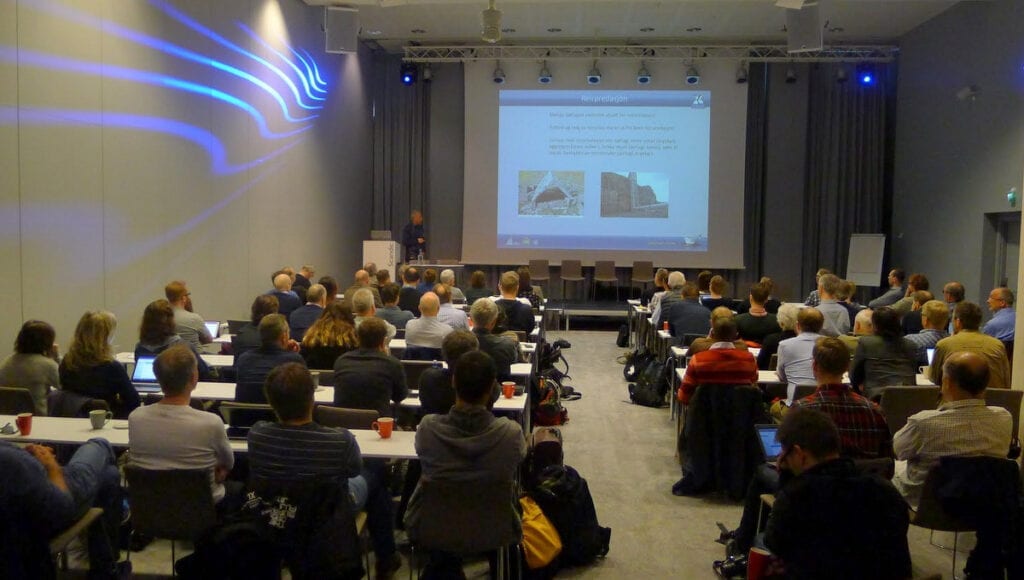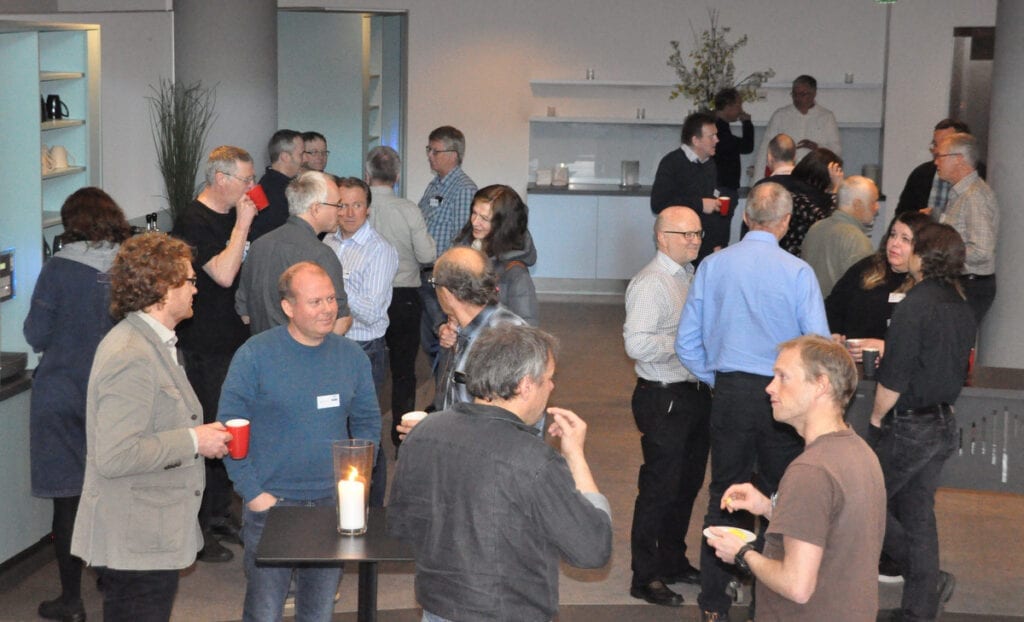Successful seminar in Bergen
SEAPOP arranges a seabird seminar every other year, and this time, the main goal was to strengthen the dialog between seabird and marine ecosystem specialists. Solid talks and a subsequent debate made the seminar a success. Furthermore, the long-term economic funding for the programme has been increased by NOK 3 million annually.
Interdisciplinary collaboration
The 6th SEAPOP seminar was held in Bergen on April 27th and 28th. More than 80 participants arrived to attend talks and debates on seabirds. The overall theme of the seminar was “Seabirds and marine environment”, and 17 lecturers from six different research institutions gave the audience an insight into the significance of climate, food availability, habitat, predation and environmental contaminants in seabirds. One important objective of the seminar was to further develop the dialog with research communities possessing knowledge about important factors affecting seabird populations. The seminar was rounded off with an open debate, where the panel consisted of invited speakers and representatives from the SEAPOP Steering Committee. The debate focused on several important challenges for the future work in the programme, and the importance of building on the already established interdisciplinary collaboration was emphasized. Ever increasing amounts of time-series data on seabird demography, diet and habitat use will be fundamental in this regard. Communication, role distribution and interaction between research and management were also discussed.
Increased allocation
The seminar and the many results of SEAPOP’s work received lots of positive feedback. It was therefore most gratifying that the Ministry of Climate and Environment (KLD) has decided to increase their annual allocation to the programme by NOK 3 million as from 2017.
– This is very good news, says Tycho Anker-Nilssen, the coordinator of SEAPOP. – Since the start of SEAPOP in 2005, the annual allocations to the programme have not taken into account the increase in prices and wages, and several important tasks have therefore been put on hold. The increased contribution from KLD now enables us to put more effort into the urgent work of revealing the most important causes of decline in so many of our seabird populations.
There is no doubt about the urgency of this work. Only during the last decade, Norwegian pelagic seabird populations have decreased at a rate of 5.1% annually, and the coastal populations by 3.5%. This corresponds to a halving of the populations in 13 and 19 years, respectively.
Kontaktpersoner: Tycho Anker-Nilssen (NINA) og Hallvard Strøm (Norsk Polarinstitutt)

Photo: Morten Ekker, Norwegian Environment Agency

Photo: Erlend Lorentzen, Norwegian Polar Institute
